STVFORUM | From Niche Breakout to Evergreen Legacy: Extending the Value Horizon of Animation IPs
On June 25, the 30th Shanghai TV Festival, in collaboration with WeTV Animation, hosted the forum “From Niche Breakout to Evergreen Legacy: Extending the Lifecycle of Animation IPs” at the Central Hall of the Shanghai Exhibition Center. A number of WeTV productions - including Vaisravana, Slay the Gods, Arcane: League of Legends 2, and PAW Patrol: Rubble & Crew Season 2 - were nominated for this year’s Magnolia Awards. Industry experts gathered to explore how animation IPs can evolve from “Niche Breakout” to “Evergreen Legacy” amid trends of youth-oriented content, IP-driven production, and digital transformation, through innovations in storytelling, technological empowerment, and cross-media development.
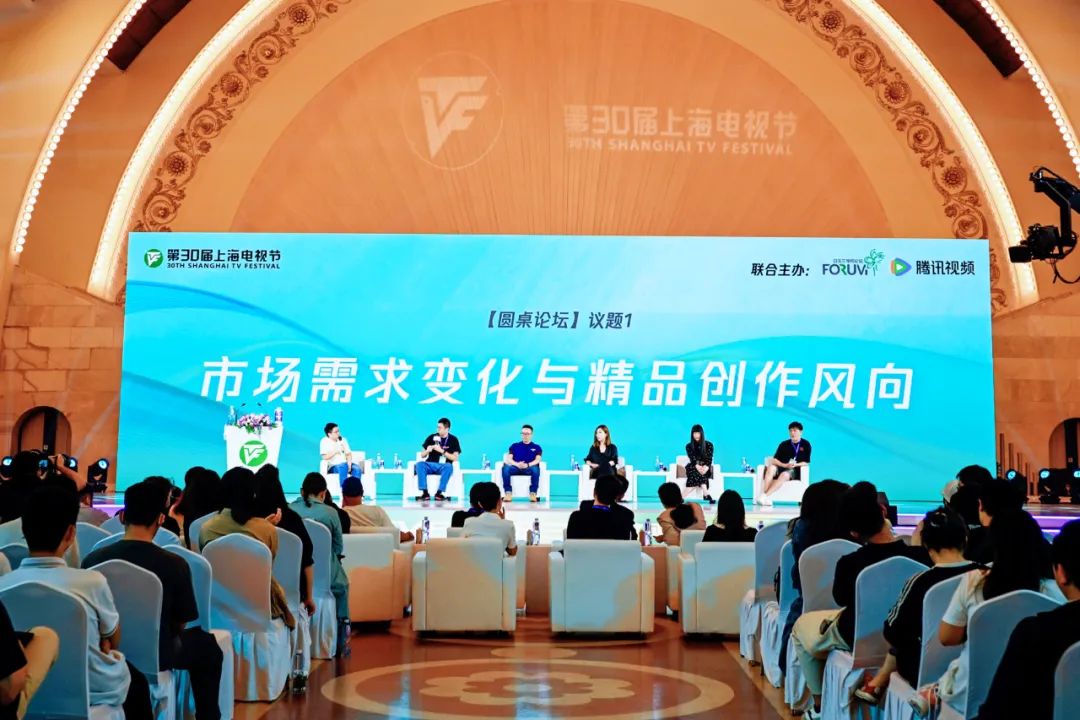
At the forum, WeTV Animation shared key industry insights such as Arcane: League of Legends 2 breaking into global markets and the growing user base for Chinese animation surpassing 300 million. Creative leads from the nominated works offered behind-the-scenes looks into their development journeys. A roundtable discussion further explored cutting-edge topics such as evolving user needs, AI applications, and full-spectrum IP operations, offering diverse perspectives on sustainable growth for China’s animation industry.
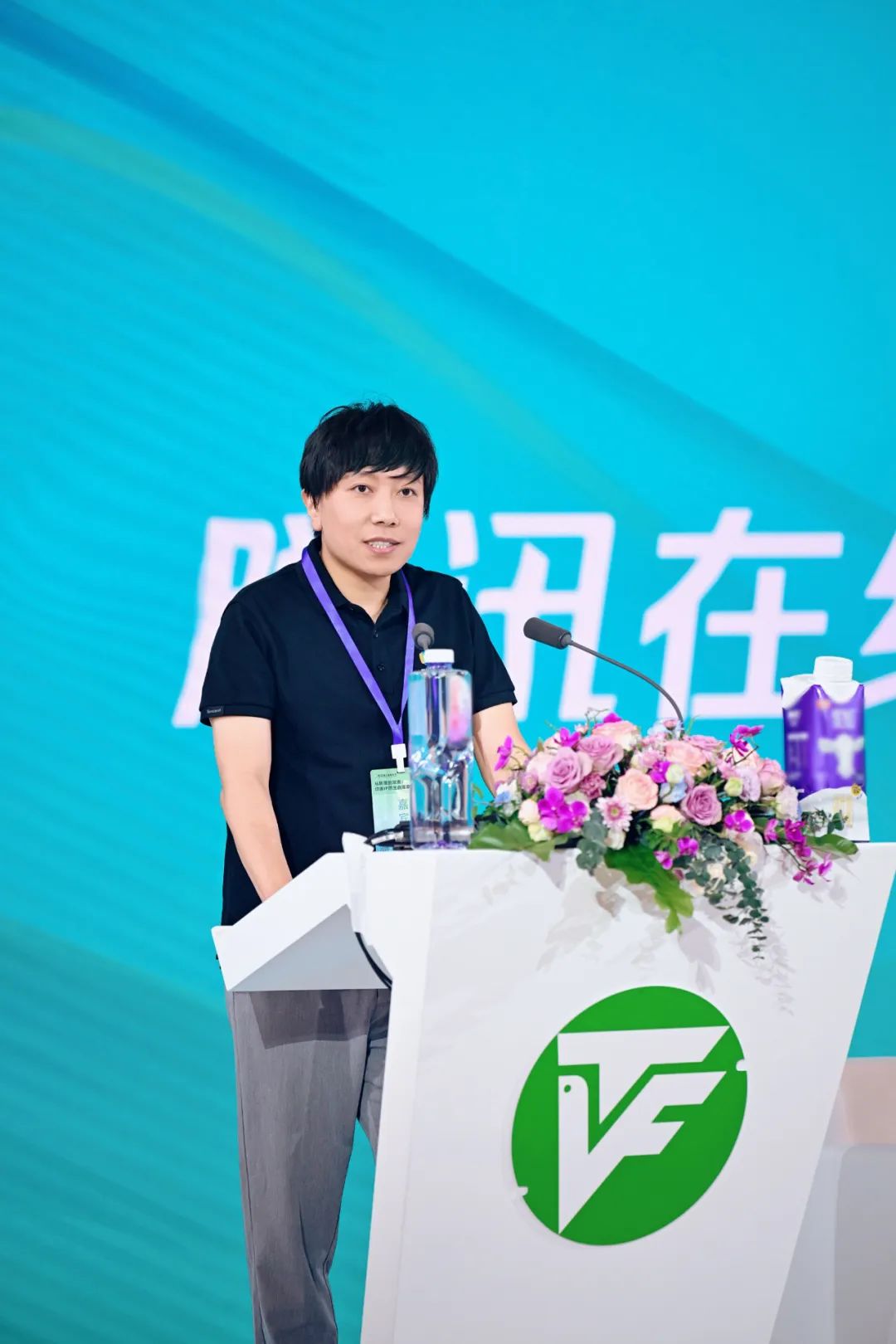
In his opening remarks, Cui Chao, Deputy General Manager of Animation Content Production at WeTV, noted that the global content market is undergoing a shift in supply and demand. Lower technological barriers, expanded platform access, and audience-driven innovation are enabling IPs to transcend traditional formats and thrive across media. Taking Arcane: League of Legends 2 as an example, it topped charts in 63 countries and regions, scored 9.4 on Douban, and attracted five million viewers on the release day - demonstrating the power of video game IPs crossing into animation. The nominated Tencent productions, Vaisravana, Slay the Gods, Arcane: League of Legends 2, and PAW Patrol: Rubble & Crew Season 2, span diverse genres from children’s programming to adult narratives, and from traditional culture to science fiction, reflecting the growing inclusivity of the animation market.
Data shows that the global animation audience has surpassed 1.2 billion, with China contributing a significant share of that growth. The domestic two-dimensional user base has reached 300 million. The explosive success of Nezha 2 and the rise of the “two-dimensional peripheral economy” further highlight the market’s immense potential. On WeTV, the number of series with over 10 million followers has grown to 13. Meanwhile, short-form animations have emerged as a new growth driver, with titles like Necromancer: King of the Scourer and First Frost achieving standout performance, attracting nearly 10 million daily active users and generating revenues exceeding 10 million yuan for multiple titles.
On the technology front, WeTV is leveraging AIGC (AI-Generated Content) to optimize key production processes such as in-between animation and coloring, significantly improving efficiency and accelerating the delivery of high-quality Chinese animation. Looking ahead, WeTV has set a new ambition: to become both an IP builder and amplifier for cross-media storytelling. Drawing inspiration from the global successes of Pokémon and Naruto, WeTV aims to enable top titles like Renegade Immortal and Perfect World to experiment with long-form narratives such as theatrical films, helping animated characters transcend the boundaries of a single medium.
WeTV expressed its commitment to working closely with creators to bring Chinese stories to the global stage through diverse formats, showcasing the global competitiveness of Chinese animation. “With an open mindset, cutting-edge technology, and a cross-industry perspective, we are ushering in a new era of grand narratives,” said the company.

On the same day, Pascal Charrue, Co-founder and Creative Director of France’s Fortiche Production and a key creative lead for Arcane: League of Legends 2 - a nominee for this year’s Magnolia Awards - appeared at the forum to share behind-the-scenes insights into this groundbreaking Chinese-American-French co-production. Alongside Slay the Gods, Vaisravana, and PAW Patrol: Rubble & Crew Season 2, Arcane: League of Legends 2 was nominated for “Best Animation/Best Storytelling”, serving as a standout example of WeTV’s original animated productions.
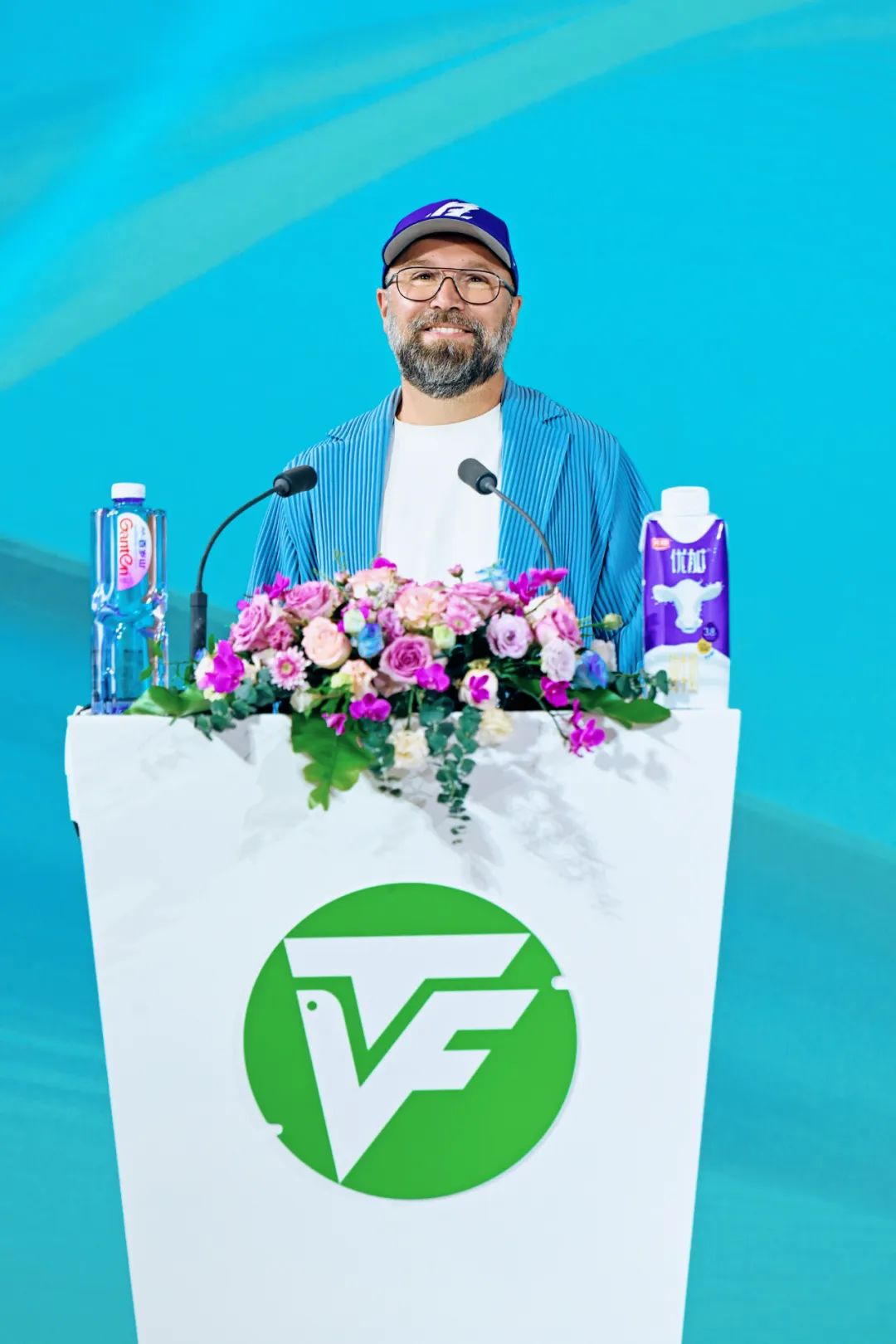
Pascal Charrue shared that the success of Arcane: League of Legends 1 laid the groundwork for the second season, whose production team expanded dramatically - from 50 to 450 people. Due to space constraints in Paris, the team had to relocate offices four times, underscoring the sheer scale of the project. Pascal revealed that production was carried out collaboratively across three locations: Paris, Montpellier, and Spain. Despite the team of 80 animators, the average daily output was just 0.5 to 0.8 seconds of footage. “We aim for a cinematic level of quality - especially in action scenes, where every frame must be meticulously refined.” This rigorous standard helped Arcane: League of Legends 2 maintain its reputation as a “visual spectacle”, a key factor in its Magnolia Awards nomination.
Visiting Shanghai for the first time, Pascal said that being nominated for the Magnolia Awards was “a rare opportunity to connect with Chinese audiences”. He expressed a strong interest in exploring Chinese culture more deeply and hinted at the possibility of creating content specifically for the Chinese market in the future. He also revealed that several new projects are currently in development, with the goal of pushing creative boundaries through cross-cultural collaboration.

Slay the Gods was nominated for Best Animation and Best Storytelling at this year’s Shanghai TV Festival. Director Hu Haoliang shared the story behind the work, reflecting on the breakthroughs and creative risks in Chinese animation. He admitted that adapting the original novel - with its vast and intricate world - was a significant challenge. The team had to carefully map out the complex logic and pacing to fully immerse viewers in its fictional universe. Often, intense discussions and even voting were used to finalize creative decisions, and these moments of intellectual friction sparked some of the series’ most memorable scenes. In addition, the series blends elements of Eastern and Western mythology, aiming to convey cultural depth alongside entertainment - showcasing the innovative potential of Chinese animation.
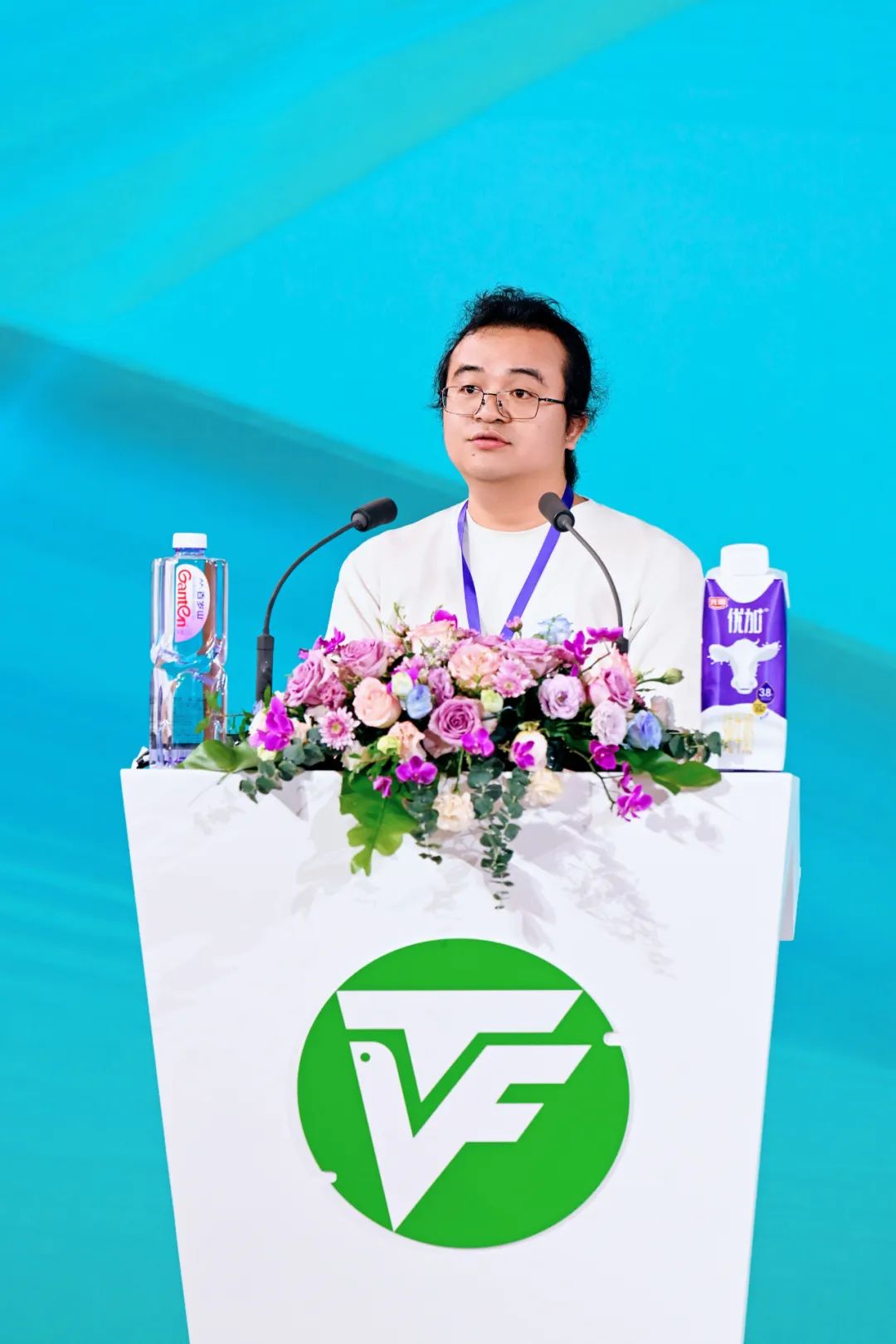
Director Liu Di of the animated film Vaisravana also appeared at the event to share insights into the creative process behind the work. He noted that the journey from initial inspiration to script completion for Vaisravana was smooth, and the entire film was completed in just six months. The project achieved several breakthroughs by leveraging new technologies such as 3D printing, customized armatures, and digital cameras. Liu explained that 3D printing helped solve a long-standing challenge in traditional stop-motion animation - precise transitions in facial expressions - enabling characters to deliver extended dialogue and exaggerated expressions with clarity. Custom armatures, built from materials tailored to each character’s personality, enhanced physical performance quality. Meanwhile, digital cameras allowed for more flexible and dynamic cinematography, particularly in tight or constrained sets. From Bridge to Vaisravana, the team has continuously accumulated technical expertise, breathing new life into stop-motion animation through the use of innovative materials and software.
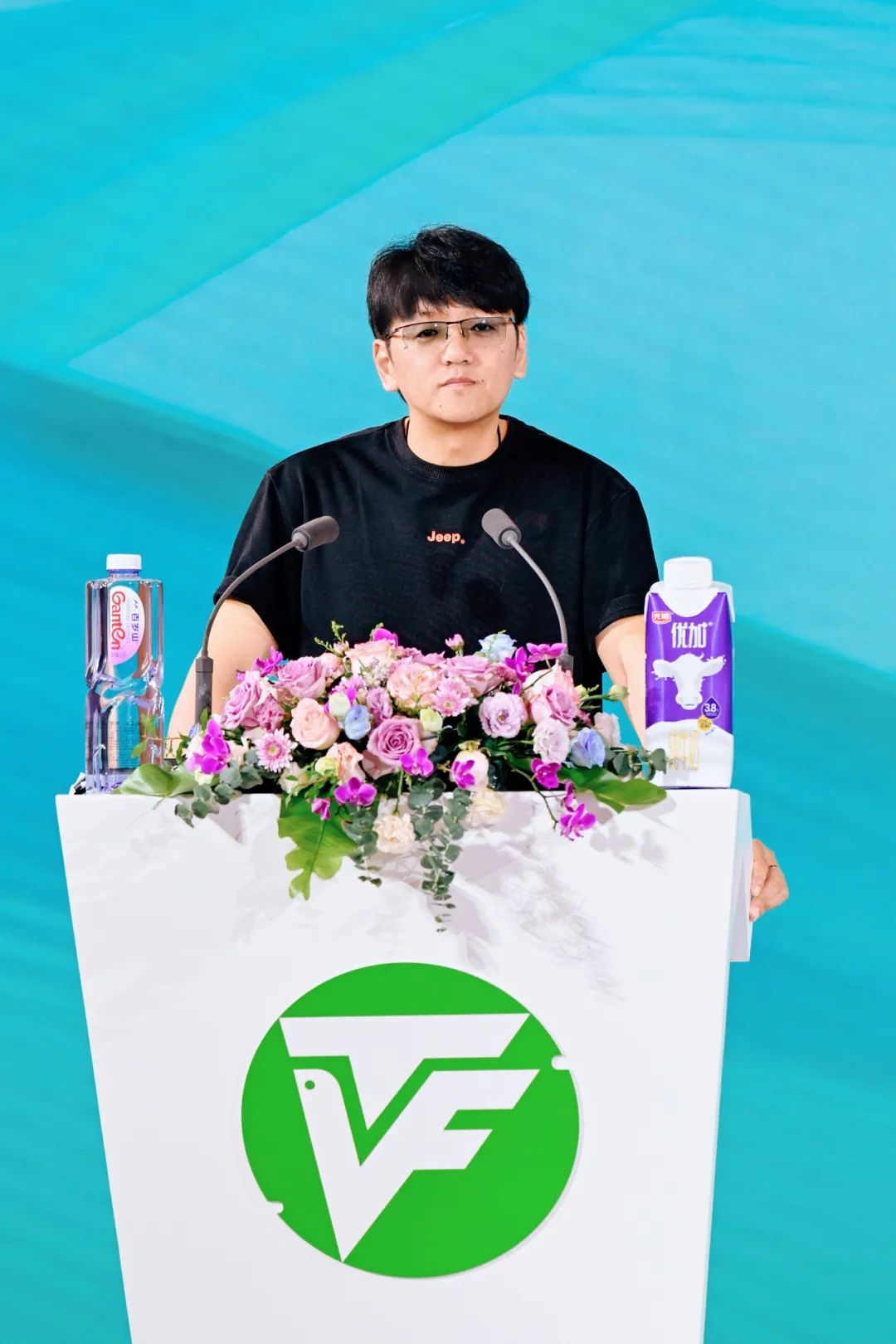
Both directors expressed that China’s domestic animation industry is undergoing rapid growth in both subject matter and technology. While the rising aesthetic expectations of audiences present challenges, they also open up new opportunities. Looking ahead, they plan to continue deepening their creative efforts, aiming to deliver more high-quality works that reflect the industry's vitality.

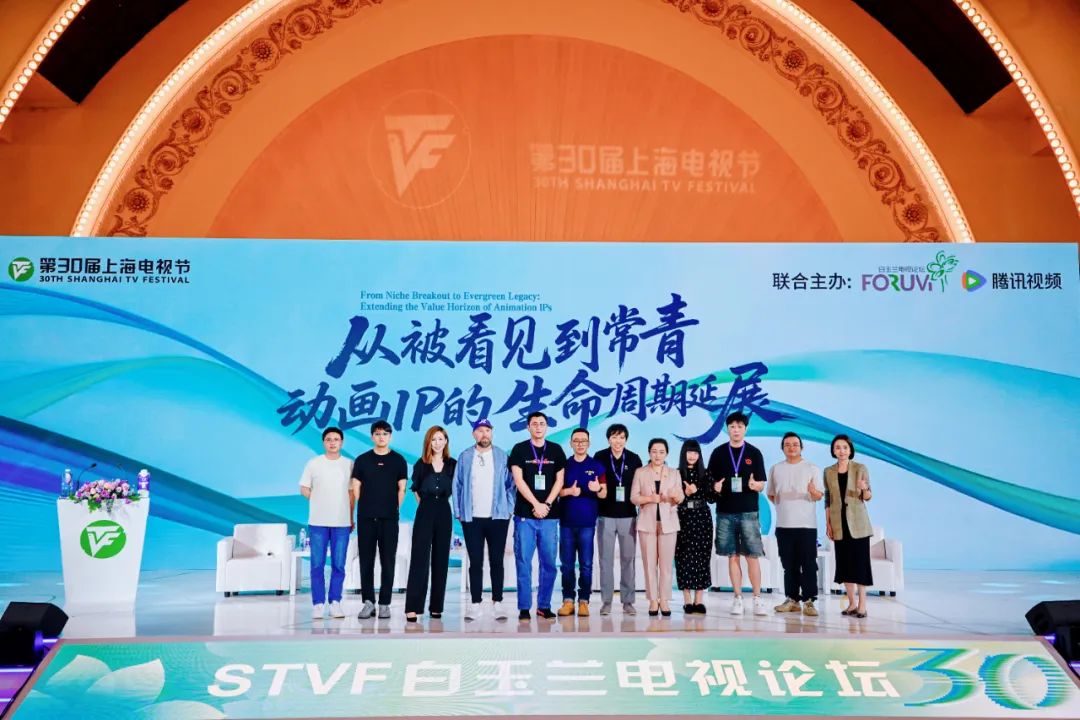
As the animation sector enters a phase of accelerated iteration, topics such as balancing creative vision with market demand, the opportunities and challenges brought by technological innovation, and strategies for long-term IP development have become focal points of discussion. During the roundtable forum, several leading industry figures shared insights based on real-world experience. They explored how to create emotionally resonant content, the boundaries and potential of AI technologies, and pathways for IP commercialization and cross-media expansion - offering diverse and strategic perspectives to guide the future of the industry.

Shang You
Founder & CEO of Nice Boat Animation
In our postmortem review of White Cat Legend 2, we came to a clear realization: the extended production cycle caused us to lose touch with shifting audience expectations. At its core, this disconnect stemmed from a kind of “creative arrogance” that distanced the work from its viewers. In Season 1, we won audiences over with the comedic charm of a Tang Dynasty white cat solving mysteries - a premise that resonated with everyone from schoolchildren to retirees. However, Season 2 dialed back the humor and leaned too heavily into character development and tragic storylines. The death of a key character and an overuse of flashbacks that replaced the main mystery arc made it difficult for new viewers to engage with the story. This experience forced us to reflect deeply: content creation cannot be a self-indulgent process. We must maintain frequent communication with our audience - understanding longtime fans’ attachment to character dynamics while also fulfilling new viewers’ core expectation for “adorable pets solving mysteries”. Now, as we develop Season 3, we’re proactively engaging with different audience segments, analyzing the needs of various age groups. Our goal is to strike a balance between originality and entertainment value, ensuring that strong storytelling and audience enjoyment go hand in hand.

Momo Wang
Animation Director, Creator of Tuzki
In the U.S. animation industry, audience data is often used as a reference point to support creative decisions - but ultimately, those decisions still rely on the creators’ experience and intuition. For instance, when Minions: The Rise of Gru was released, the team used retro elements to evoke a sense of nostalgia and emotional resonance among young viewers. This unexpectedly sparked the viral “gentleminions” trend on TikTok, where teens dressed in suits to attend screenings. As a result, the proportion of viewers aged 13-17 jumped from 8% to 34%. This shows that understanding resonance is more important than predicting preferences. Regarding AI, large studios remain cautious due to copyright and ethical concerns. However, smaller studios and independent creators are already experimenting. For example, the world’s first AI-generated feature film Our T2 Remake premiered in 2024, and this year, several leading studios are developing AI-driven animation projects. For creators, AI can take over repetitive groundwork, shifting the model from “spending years on a single project” to “producing content weekly”. For larger studios, it can restructure workflows and allow teams to focus more on story refinement. But we must remain alert to the rise of flashy, fast-turnaround content - because at the heart of it all, emotional connection with the audience will always matter most.

Yang Lei
Director & Vice President, Beijing Rocen Digital Technology Co., Ltd.
Executive Producer of The Legend of Tang Dynasty’s Captors series
The Legend of Tang Dynasty’s Captors has now run for seven seasons, and while the audience keeps evolving, our core philosophy remains: “emotions deepen over time”. We meet regularly with our core fans - every week, in fact - and it’s important to “listen between the lines” of their feedback. For example, after Season 6 aired, some fans called for an ending, but what they were really expressing was a fear that the characters’ arcs might go off course. Yet when the story actually concludes, many of those same fans begin longing for what’s next. The reception to Season 7 was polarizing, in part because we planted narrative seeds for a grand arc that spans four years. Seasons 8 and 9 are meant to complete a 300-year story cycle, which requires patience from the audience. But fans who’ve been with the series for a decade are deeply invested and willing to stay the course. In the creative process, directors must strike a balance between self-expression and reverence for the audience. For instance, in Season 9, the director originally planned to “cut off” a beloved character, but ended up reworking the storyline out of respect for the emotional bond fans had with them. Short-form and long-form video content are not in opposition - in fact, the popularity of short-form content highlights the value of in-depth storytelling. In an era flooded with fast-paced, superficial media, audiences crave rich narratives that can truly refresh the senses.

Yu Xiaochen
President Assistant, Wanda Culture Travel Innovation Group
CEO, Wanda Animation
For an IP to remain evergreen, its content value and commercial value must work in tandem. When we evaluate potential IPs, our key criteria include: an expandable universe, a clearly defined market position, and rich assets - such as characters and settings - that can be adapted to the “seven major consumer scenes”: food, drink, learning, entertainment, fashion, living, and travel. Take Octonauts as an example: after reclaiming its international rights, we’re launching a China Tour series as part of a global operation, using the IP to share Chinese culture with the world. At the same time, we’re using AI to test the core assets of original IPs, which helps shorten the trial-and-error phase in early development. The key to commercial application lies in understanding emotional touchpoints. For example, across 4,800 minutes of animated episodes, we must precisely extract those moments that evoke emotion and align them with different consumer contexts. Looking ahead, we plan to develop three new IPs to build a hybrid portfolio of imported and original content - moving from “gaining fans” to “boosting commercial visibility”, and ultimately completing the full value loop.
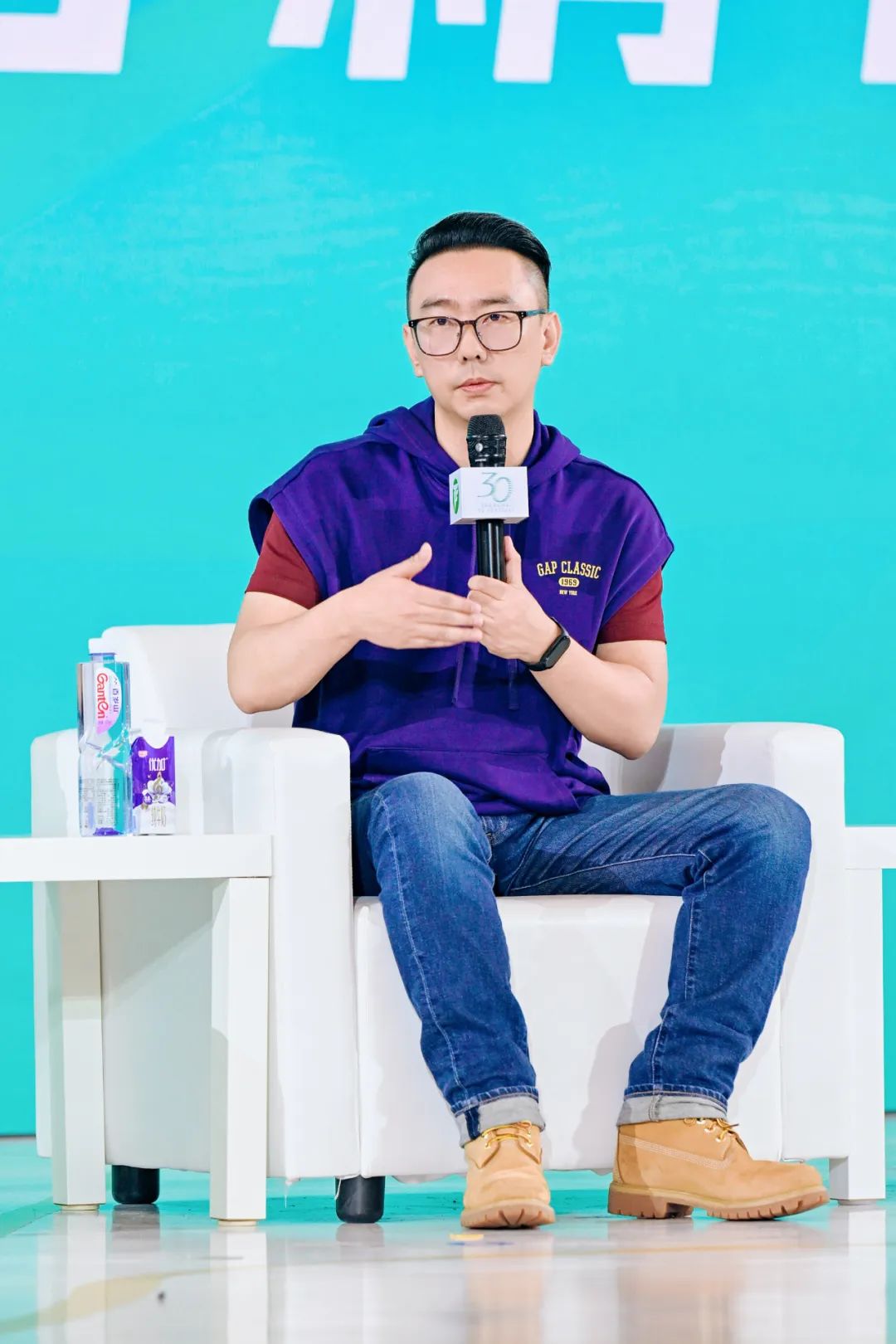
Zhou Wang
Head of Cosmos Studio
WeTV Animation is shifting its content strategy from standalone series to cross-media development. In response to an increasingly homogenized market, we’re curating high-quality content by leveraging special episodes, theatrical films, and genre-based segmentation to meet diverse audience needs. Our IP planning already extends 30 to 50 years into the future, with a matrix-style layout of content and formats. In terms of AI, we’ve established an Animation AI Studio to serve as a technical support tool - helping boost production efficiency in areas like story summarization and audiovisual enhancement. However, the core of our content must still resonate with user perception and expectations. We see short-form and long-form videos as complementary. As audience expectations rise, the demand for high-quality, premium content will grow. Our platform aims to build an IP ecosystem through a mix of annual series, theatrical releases, and short-form dramas - ensuring that each IP continues to engage audiences across formats and delivers long-term value.



